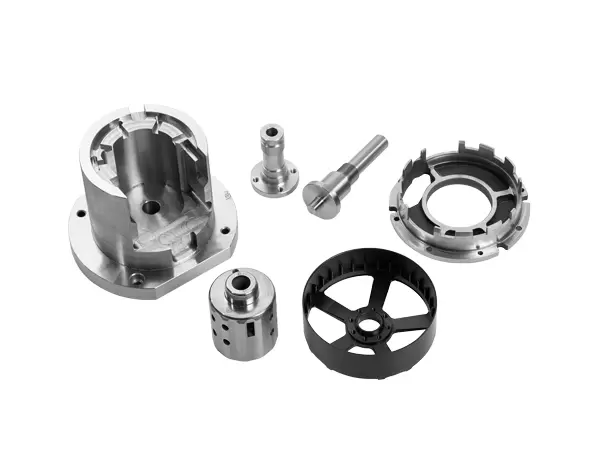Optical modules are one of the indispensable key components in the field of modern communications. They play a vital role in fiber optic communications, data centers, wireless networks, and many other applications. However, since there are so many types of optical modules on the market, this article provides you with a purchasing guide to help you make an informed decision when purchasing.
Determine application needs
Before purchasing an optical module, you first need to clarify your application requirements. Different application scenarios may require different types of optical modules. For example, commonly used optical module types in optical fiber communications include SFP, SFP+, QSFP+, etc. In data centers, common optical module types include QSFP28, CFP, CFP2, etc. Therefore, understanding your application requirements is the first step.
Understand the performance indicators of optical modules
When purchasing optical modules, it is very important to understand some basic performance indicators. Here are some common performance metrics:
Transmission rate: The transmission rate of an optical module refers to the data rate it can transmit. Common transmission rates include 10Gbps, 25Gbps, 40Gbps, 100Gbps, etc. Choose the appropriate transmission rate based on your application needs.
Transmission distance: The transmission distance of an optical module refers to the maximum distance over which it can transmit data. Different types of optical modules have different transmission distance ranges. For example, short-distance optical modules are suitable for transmission distances of tens of meters, while long-distance optical modules are suitable for transmission distances of tens of kilometers.
Optical power budget: The optical power budget refers to the maximum optical power loss that the optical module can guarantee under certain transmission distance and fiber loss conditions. Select an optical module with an appropriate optical power budget based on your application requirements and fiber cabling conditions.
Compatibility: The compatibility of an optical module refers to its ability to be compatible with other devices and optical fibers. When purchasing an optical module, it is important to ensure that it is compatible with your equipment and fiber optics.
Consider supplier credibility and support
When purchasing optical modules, it is very important to choose a reliable supplier. A good supplier will be able to provide high-quality products and good after-sales support. You can evaluate a vendor's credibility and support capabilities by reviewing the vendor's customer reviews, consulting other users' experiences, and consulting with professionals.

Understand the price and cost performance of optical modules
The price of optical modules can vary greatly, so it is important to understand price and cost-effectiveness. When purchasing, you must not only consider price, but also comprehensively consider factors such as performance, quality, and support to choose an optical module with good cost performance.
Pay attention to the quality and certification of optical modules
The quality and certification of optical modules are key factors in ensuring their performance and reliability. It is very important to choose optical modules with relevant certifications (such as CE, FCC, etc.) and ensure that their quality meets international standards.
Purchasing optical modules is a process that requires careful consideration. By clarifying your needs, selecting reliable suppliers, and evaluating price and cost-effectiveness, you will be able to choose a suitable high-quality optical module. Hopefully this buying guide will help you make an informed decision when purchasing.
Revealing the key factors affecting the transmission speed of optical modules
Performance indicators of optical modules: key parameter analysis and application discussion
Explore optical module transmission distance and rate
Explore different types of optical module interfaces
Optical modules: From origin to future, explore the development history of optoelectronic devices
Optical module: core composition and structural analysis of optical communication system
Optical modules application guide: 7 key considerations to ensure smooth communication
The relationship between optical module power and optical communication performance
Core components of optical modules and their role in optical communication systems
Transmission rate and transmission distance of optical modules
Analyze the importance of performance parameters of optical modules in optical communication systems
Optical module heat dissipation design: key technology to ensure performance and lifespan
Optical module packaging form and size standards
Explore optical module compatibility issues
Application and technical requirements of optical modules in 5G communications
Why optical modules can solve network delay problems
How do optical modules improve data center performance and efficiency?
Market demand analysis of optical modules
How to check whether the optical module is damaged?
Do you know the safe use and protective measures of optical modules?
mia
coco.li@fineconn.cn



